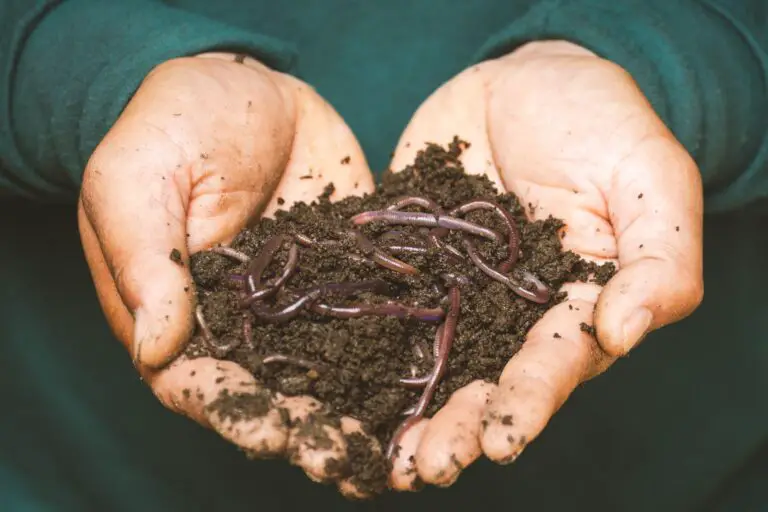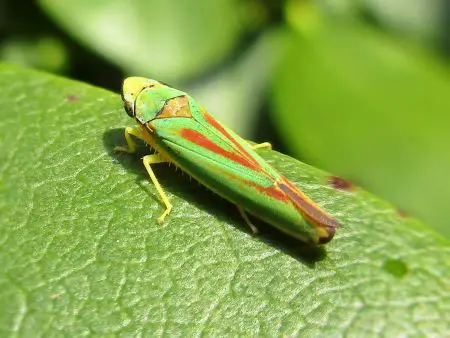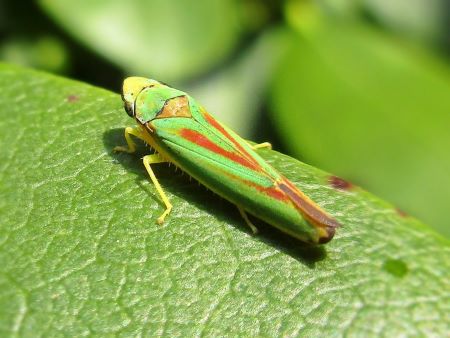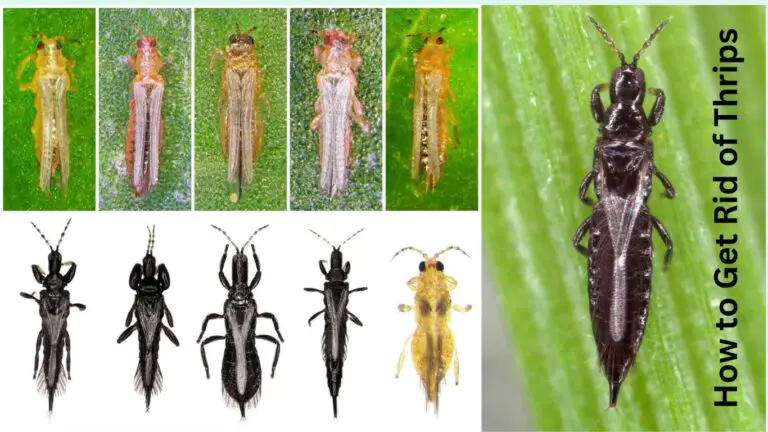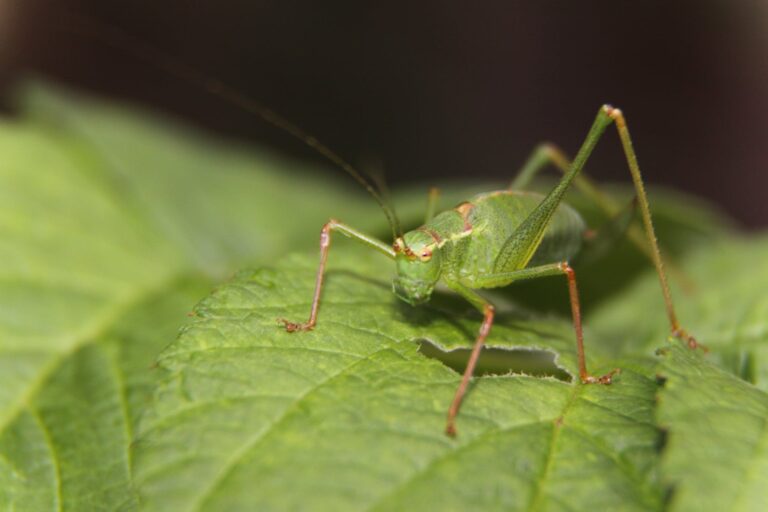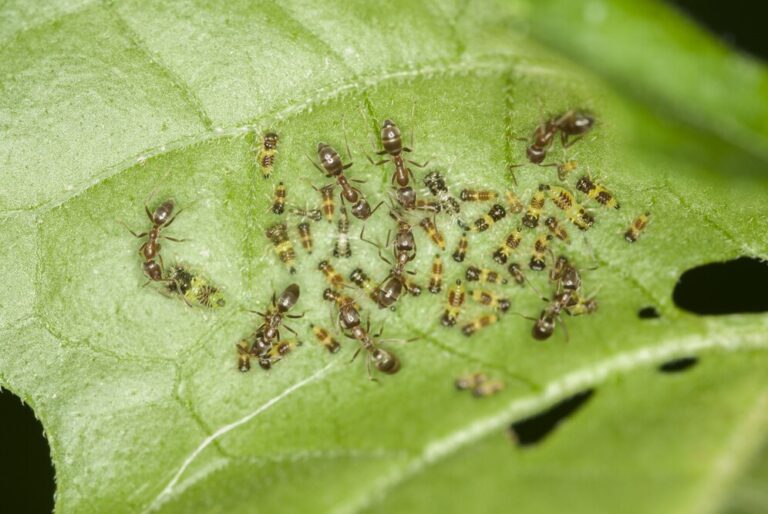Integrated Pest Management (IPM): What It Is, How It Works, and How to Implement It for Your Plants
Table of Contents
Understanding the Importance of Effective Pest Management
Pest management is a crucial aspect of maintaining a healthy and thriving garden or crop. Effective pest management ensures that pests, whether they be insects, weeds, or diseases, do not hinder the growth and productivity of plants. By implementing proactive measures and utilizing various control methods, gardeners and farmers can significantly reduce the negative impact pests have on their crops.
One of the primary reasons why effective pest management is so important is that pests can cause extensive damage if left unchecked. Insects, for example, can devour leaves, stems, and fruits, leading to reduced yields and even complete crop failure. Weeds, on the other hand, compete with plants for water, nutrients, and sunlight, depriving them of the essential resources they need to grow and thrive. By promptly identifying and addressing pest infestations, gardeners can mitigate these risks and protect their plants from significant harm.
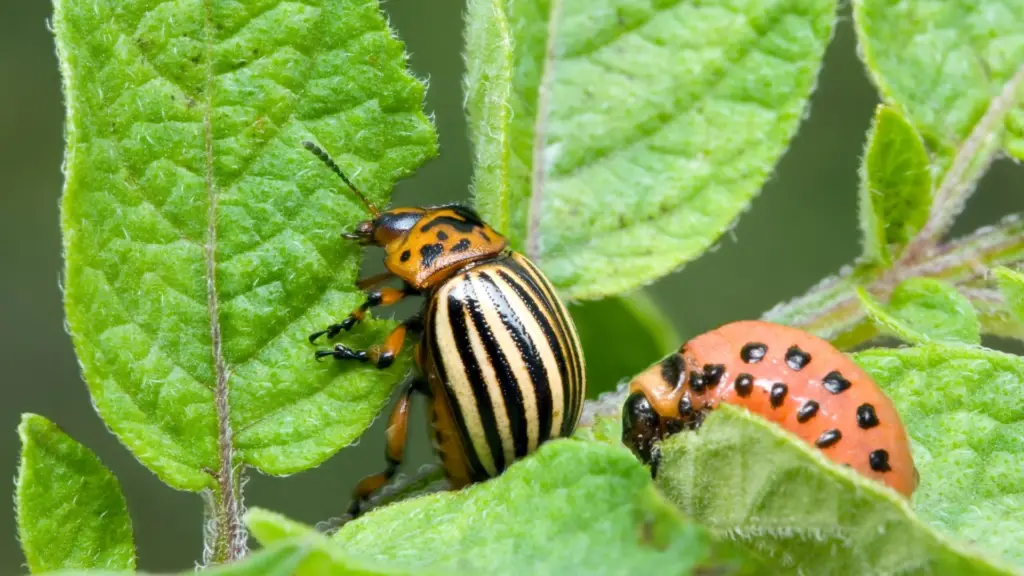
Furthermore, effective pest management can help prevent the spread of diseases. Many plant diseases are caused by microorganisms that can quickly spread from one plant to another, either through direct contact or via insects that act as carriers. If these diseases are not controlled, they can rapidly devastate entire crops, leading to financial losses for farmers and reduced availability of food for consumers. By employing preventive strategies and early detection techniques, gardeners and farmers can limit the spread of diseases and mitigate their impact on plant health.
Identifying Common Pests and Plant Diseases
Identifying common pests and plant diseases is crucial for effective pest management in any garden or agricultural setting. By being able to quickly and accurately recognize the signs of a pest or disease infestation, gardeners and growers can take immediate action to mitigate the potential damage and protect the overall health of their plants.
One of the first steps in identifying pests and diseases is to closely observe the plants and look for any visible symptoms. This can include spotting discolored leaves, wilting or drooping stems, distorted growth patterns, or the presence of unusual spots, lesions, or webs. It is also important to keep an eye out for any pests such as aphids, mites, caterpillars, or beetles that may be feeding on the plants or leaving behind telltale signs, such as chew marks or sticky residue.
In addition to visual inspection, it can be beneficial to use various diagnostic tools and methods to accurately identify the specific pests or diseases affecting the plants. This may involve conducting laboratory tests, using magnifying lenses or microscopes to examine specimens, or consulting with experts or extension services to help determine the exact nature of the problem. Having a clear and precise understanding of the pests or diseases present allows for the implementation of targeted and effective management strategies, ultimately leading to better plant health and productivity.
The Principles Behind Integrated Pest Management
Integrated Pest Management (IPM) is a strategic approach to managing pests that aims to minimize their impact on plants while also reducing reliance on chemical pesticides. There are several key principles that guide the implementation of an effective IPM program.
First and foremost, prevention is crucial in IPM. By creating a healthy plant environment and practicing good hygiene, growers can significantly reduce the risk of pests and diseases. This includes implementing proper irrigation and drainage systems, using clean planting materials, and regularly sanitizing equipment to minimize the spread of pathogens.
The second principle of IPM is monitoring and early detection. Regular scouting and monitoring of plants for signs of pests and diseases allow for timely intervention and control measures. This involves regularly inspecting leaves, stems, and roots for any abnormalities, such as discoloration, spots, or insect activity. Early detection enables growers to take swift action, preventing the problem from escalating and potentially causing irreversible damage to the plants.

Another key principle of IPM is the concept of biological control. This involves harnessing the natural predators, parasites, and pathogens that exist in the environment to control pest populations. By introducing beneficial insects, like ladybugs or predatory mites, or using biological pesticides derived from naturally occurring microorganisms, growers can effectively reduce pest populations without harming the environment or beneficial organisms.
Furthermore, cultural control methods play a significant role in IPM. By manipulating plant conditions, such as adjusting nutrient levels, optimizing humidity and temperature, and employing crop rotation strategies, growers can create an environment that is less favorable for pests and diseases to thrive. This proactive approach not only helps prevent infestations but also promotes overall plant health and resilience.
Finally, when all other methods fail to provide sufficient control, chemical control can be considered as a last resort in IPM. However, it is important to use pesticides judiciously, applying them only when necessary and in accordance with label instructions. Selecting the appropriate pesticide and employing proper application techniques can help maximize efficacy while minimizing potential negative impacts on the environment and human health.
By adhering to these key principles, growers can establish a holistic and sustainable approach to pest management that not only reduces reliance on chemical pesticides but also promotes healthier plants and ecosystems. Integrated Pest Management is a valuable tool in maintaining the long-term health and productivity of plants, ensuring a successful gardening experience for enthusiasts.
A Holistic Approach to Pest Control
A holistic approach to pest control takes into consideration the interconnectedness of all elements within the ecosystem, recognizing that pests are often symptomatic of underlying imbalances. Instead of relying solely on chemical pesticides, this approach emphasizes preventive measures, cultural control methods, and the use of biological control agents.
Prevention is key in a holistic approach to pest control. By creating a healthy plant environment, we can minimize the risk of pest infestations. This includes providing proper nutrition, optimizing watering practices, and maintaining good sanitation to eliminate potential hiding spots for pests. Additionally, implementing crop rotation and diversification can help disrupt pest life cycles and reduce the likelihood of widespread infestations. By practicing prevention strategies, we can reduce the reliance on reactive measures and create a more sustainable gardening or farming system.
Assessing the Severity of Pest Infestations
To effectively manage pest infestations, it is crucial to accurately assess their severity. This step allows gardeners and plant enthusiasts to determine the appropriate course of action and implement targeted control methods. Assessing the severity of pest infestations involves careful observation and evaluation of various factors.
One important aspect to consider is the population density of the pests. This can be evaluated through direct monitoring, such as visual inspections or the use of traps and sticky cards. By determining the number of pests present, gardeners can gauge the level of infestation and make informed decisions about which control methods to employ.
Additionally, assessing the extent of damage caused by pests is essential in understanding their severity. By examining the extent of foliage damage, the presence of feeding marks, or the signs of disease transmission, gardeners can assess the impact of the infestation on plant health. This assessment allows for the prioritization of control measures and the allocation of resources effectively.
Prevention Strategies: Creating a Healthy Plant Environment
Creating a healthy plant environment is essential for preventing pest infestations and maintaining the overall health of your garden. By implementing effective prevention strategies, you can proactively minimize the risk of pests and diseases, ensuring that your plants thrive.
One crucial aspect of creating a healthy plant environment is maintaining proper hygiene. Regularly removing any dead or decaying plant material, including fallen leaves, flowers, or fruits, can help eliminate potential breeding grounds for pests and diseases. Additionally, cleaning and disinfecting your tools and equipment after each use can prevent the spread of harmful pathogens.
Another key prevention strategy is promoting good air circulation and ventilation. Proper airflow can help reduce excess moisture, which can attract pests and create the ideal conditions for disease development. Trimming and pruning plants to allow for adequate spacing between them can also improve air circulation and reduce the risk of pests and diseases.
| Aspect | Key Considerations |
|---|---|
| Lighting | Provide adequate sunlight or artificial light. Ensure plants receive the right amount of light for their specific needs. |
| Watering | Establish a consistent watering schedule. Avoid overwatering or underwatering. Use well-draining soil to prevent waterlogged roots. |
| Temperature | Maintain a suitable temperature range for your plants. Different plants have different temperature preferences. |
| Humidity | Monitor and adjust humidity levels as needed. Some plants thrive in high humidity, while others prefer drier conditions. |
| Air Circulation | Ensure proper air circulation to prevent stagnant air and promote gas exchange. This helps prevent the buildup of pests and diseases. |
| Nutrients | Provide appropriate fertilization based on plant type and growth stage. Use a balanced fertilizer with essential nutrients like nitrogen, phosphorus, and potassium. |
| Soil Quality | Use quality soil with good drainage and aeration. Consider the specific needs of your plants, such as acidic or alkaline soil preferences. |
| Container/Planters | Choose appropriate-sized containers with drainage holes. Ensure proper spacing between plants to prevent overcrowding. |
| Pruning and Maintenance | Regularly prune dead or diseased plant parts. Remove weeds and debris. This promotes air circulation and reduces the risk of pests and diseases. |
| Pest Control | Monitor plants for signs of pests and take prompt action. Use natural or chemical methods based on your preference and the severity of the infestation. |
| Monitoring | Regularly check plants for any signs of stress, nutrient deficiencies, or diseases. Adjust care practices accordingly to maintain a healthy growing environment. |
Furthermore, proper watering practices play a significant role in creating a healthy environment for your plants. Overwatering can lead to waterlogged soil, creating an inviting environment for root rot and other fungal diseases. On the other hand, underwatering can stress plants, making them more susceptible to pests and diseases. Striking the right balance and watering your plants at their specific needs can help promote healthy growth and minimize the risk of infestations.
By implementing these prevention strategies and creating a healthy plant environment, you can significantly reduce the likelihood of pest and disease problems in your garden. Stay proactive and attentive to your plants’ needs, and you’ll enjoy a thriving garden all year round.
• Regularly remove dead or decaying plant material to eliminate breeding grounds for pests and diseases.
• Clean and disinfect tools and equipment after each use to prevent the spread of harmful pathogens.
• Promote good air circulation and ventilation to reduce excess moisture that attracts pests and promotes disease development.
• Trim and prune plants to allow for adequate spacing, improving air circulation and reducing the risk of infestations.
• Practice proper watering techniques to avoid waterlogged soil or underwatering, which can stress plants and make them more susceptible to pests and diseases.
Cultural Control Methods: Manipulating Plant Conditions
Cultural control methods play a vital role in maintaining a healthy plant environment and preventing the spread of pests. By manipulating plant conditions, gardeners and horticulturists can create an unfavorable habitat for pests, reducing their populations and minimizing damage to plants.
One of the key cultural control methods is proper watering and irrigation techniques. By ensuring that plants receive adequate, but not excessive, amounts of water, we can help maintain their health and vigor. Over-watering can lead to root rot and other fungal diseases, which can attract pests. On the other hand, under-watering can stress plants, making them more susceptible to pest infestations. It is crucial to find the right balance and monitor the moisture levels in the soil regularly.
Another cultural control method is the selection and placement of plants. Choosing plant varieties that are resistant to common pests and diseases can significantly reduce the need for chemical treatments. Additionally, grouping plants based on their pest susceptibility can help minimize the risk of spreading infestations. By understanding the specific needs and vulnerabilities of different plants, gardeners can create a more harmonious and pest-resistant garden environment.
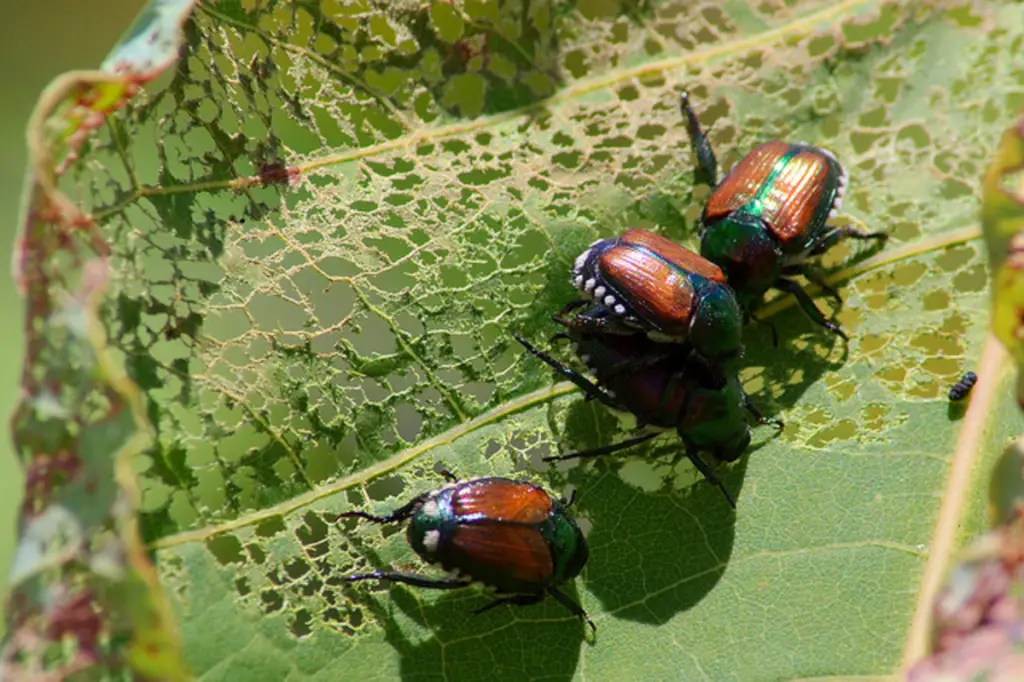
By implementing these cultural control methods, gardeners can effectively manipulate plant conditions to deter pests and promote plant health. However, it is important to remember that cultural control alone may not always suffice, especially in cases of severe infestations. In such scenarios, integrated pest management strategies that combine cultural control methods with biological and chemical controls may be necessary. The next sections of this article will delve into these strategies in more detail, exploring the holistic approach to pest control and the principles behind integrated pest management.
Biological Control Agents: Harnessing Nature’s Solutions
Biological control agents offer a natural and sustainable solution for managing pest populations in various plant settings. By harnessing the power of nature’s own balance, these agents play a crucial role in reducing the reliance on chemical pesticides and promoting long-term plant health. One popular example of biological control is the use of predatory insects, such as ladybugs, lacewings, and parasitic wasps, to control aphids, mites, and other harmful pests.
These beneficial insects prey on pests, keeping their populations in check and preventing them from causing extensive damage to plants. Their presence not only helps control pest infestations but also contributes to the overall ecological balance of the garden or growing area. Additionally, biological control agents can be highly effective in preventing and managing pest resistance to chemical pesticides, as the natural predators adapt and evolve alongside their prey. This makes them a valuable tool in sustainable pest management, promoting a holistic approach that supports biodiversity and minimizes environmental impact.
Chemical Control: When and How to Use Pesticides Safely
When dealing with pest infestations in your garden or plants, chemical control can be a valuable tool in your arsenal. However, it is crucial to approach the use of pesticides safely and responsibly. Before resorting to chemical control methods, it is important to fully understand the severity of the infestation and assess whether alternative methods can be effective.
One key consideration when using pesticides is the timing of their application. Many pests have specific life cycles, and targeting them during vulnerable stages can greatly enhance the effectiveness of chemical control. Additionally, weather conditions should be taken into account as well, as certain pesticides may require specific temperature or humidity levels to work optimally. It is also crucial to carefully follow the instructions on pesticide labels, including dosage, application methods, and safety precautions. Prioritize using pesticides that have been specifically formulated for the pest you are targeting, as using broad-spectrum pesticides may harm beneficial insects and disrupt the natural balance of your ecosystem.
Overall, chemical control should be considered as a last resort after exhausting all other alternatives. Integrated Pest Management (IPM) strategies, which utilize a combination of cultural, biological, and physical methods, should be prioritized to minimize the potential risks associated with pesticide use. By being judicious and mindful in our use of chemical control methods, we can ensure the safety of our plants, environment, and ourselves, while effectively managing pest infestations in our gardens.
Monitoring and Scouting Techniques for Early Detection
Monitoring and scouting techniques are crucial for early detection of pests and diseases in plants. By regularly observing our plants and their surroundings, we can identify any signs of infestation or infection before they become severe and cause irreversible damage. This proactive approach allows us to take prompt action and implement effective pest management strategies, ultimately ensuring the health and productivity of our plants.
One of the most effective techniques for monitoring and scouting is visual inspection. By closely examining plant leaves, stems, and fruits, we can look for any abnormalities such as discoloration, browning, wilting, or the presence of pests. Additionally, a keen eye for changes in plant behavior, such as stunted growth or sudden decline, can provide early indications of underlying issues. Regular garden walks or scheduled inspections can help us stay vigilant and detect problems at their initial stages.
Moreover, utilizing tools like magnifying lenses or binoculars can enhance our ability to spot pests or diseases that might go unnoticed with the naked eye. These tools enable us to closely examine plants and identify pests like spider mites, aphids, or thrips that are small in size but can cause significant damage. With early detection, we can implement appropriate control strategies, minimizing the need for harsh treatments and protecting the overall ecosystem of our gardens. Stay tuned as we explore various integrated pest management strategies in upcoming sections to effectively address and prevent pest infestations.
Implementing IPM Strategies in Different Plant Settings
Different plant settings require unique approaches when implementing integrated pest management (IPM) strategies. Factors such as the type of plants being grown, the growing environment, and the specific pest or disease issues at hand all play a role in determining the most effective IPM approach.
For outdoor gardens and landscapes, it is essential to assess the overall biodiversity and ecosystem health. By encouraging beneficial insects and organisms through diverse plantings and providing habitats for natural enemies, such as ladybugs and birds, gardeners can create a balanced and self-sustaining environment. Regular monitoring and scouting for pests, along with timely intervention when populations reach a threshold, can help prevent widespread damage.
In indoor settings, such as greenhouses or hydroponic systems, maintaining a controlled environment is crucial for effective IPM. Proper sanitation practices, including disinfecting equipment and removing plant debris, help prevent the buildup of pests and diseases. Implementing physical barriers, such as screens or netting, can also help prevent the entry of pests. Additionally, incorporating biological control agents, like predatory mites or nematodes, can provide ongoing pest suppression without the use of chemical pesticides.
Evaluating the Success of Your IPM Program
Assessing the success of your Integrated Pest Management (IPM) program is a critical step in ensuring the long-term health and productivity of your plants. By evaluating the effectiveness of your pest control strategies, you can make informed decisions and continuously improve your IPM program.
One key aspect of evaluating your IPM program is monitoring pest populations over time. Regularly inspecting your plants for signs of pests and diseases allows you to detect infestations early on. Keep detailed records of pest populations, noting any changes or trends observed. This data will help you determine the effectiveness of your control measures and identify areas that may require further attention. Additionally, consider using sticky traps or pheromone traps to monitor insect activity and capture valuable information on pest species and their abundance.
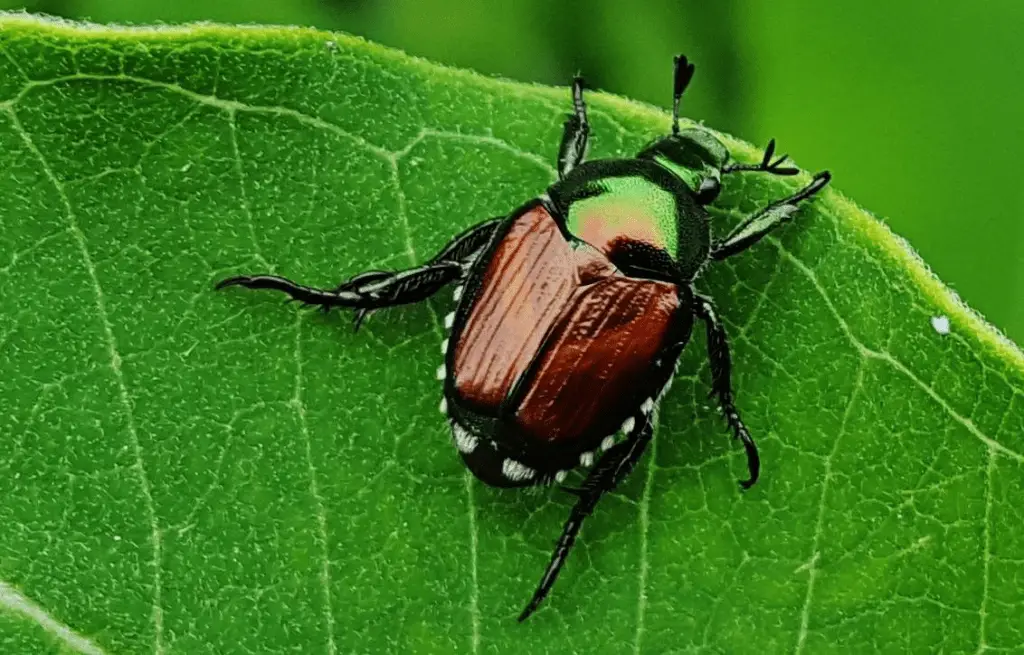
Tips for Continuous Improvement and Long-Term Plant Health.
To ensure continuous improvement and long-term plant health, it is essential to adopt a proactive approach and implement effective strategies. Regular monitoring and scouting for pest infestations are crucial. By regularly inspecting plants for signs of pests or diseases, you can quickly identify and address any issues before they escalate. Keep a record of your observations and note any trends or patterns that emerge. This information will help you make informed decisions about preventive measures and treatment options.
Another important tip is to practice good sanitation and hygiene in your garden or growing environment. Remove any debris, dead plants, or weeds that could provide a breeding ground for pests or diseases. Clean and disinfect your tools regularly to prevent the spread of pathogens. Maintaining a clean and well-maintained garden will create an unfavorable environment for pests and help promote healthy plant growth.
Additionally, it is essential to diversify your plantings. Planting a variety of crops helps prevent the buildup of specific pests or diseases that target certain plant species. Interplanting different crops can confuse and deter pests and can also enhance the natural biodiversity of your garden. Furthermore, consider rotating your crops each year. Crop rotation breaks the life cycle of pests and interrupts their ability to establish and thrive in the same location year after year.
By incorporating these tips into your gardening practices, you can ensure continuous improvement and maintain long-term plant health. Remember, a proactive and holistic approach is key to effectively managing pests and diseases while promoting a thriving garden ecosystem.
What are some signs that indicate my plants may be infested with pests or diseases?
Look for symptoms such as wilting, discoloration, spots, holes in leaves, stunted growth, or abnormal plant behavior.
How can integrated pest management (IPM) help in controlling pests effectively?
IPM focuses on a combination of prevention, monitoring, and control methods to manage pests in an environmentally friendly way, reducing the reliance on pesticides.
What are some cultural control methods that can help manipulate plant conditions?
Cultural control methods include practices like proper irrigation, maintaining proper spacing between plants, using disease-resistant plant varieties, and ensuring proper nutrition for plants.
What are biological control agents and how do they help control pests?
Biological control agents are organisms that naturally control pests. They can include predators, parasites, or pathogens that prey upon or infect pests, helping to reduce their population.
When should pesticides be used and how can they be used safely?
Pesticides should be used as a last resort when other control methods are not effective. Follow the instructions on the pesticide label carefully, use appropriate protective gear, and minimize environmental impact by using the least toxic options.
How can I monitor and scout for pests effectively?
Regularly inspect your plants for signs of pests, use sticky traps, and set up pheromone traps to monitor pest populations. Also, keep a record of pest activity to identify patterns and make informed decisions.
Can integrated pest management strategies be implemented in various plant settings?
Yes, IPM strategies can be implemented in various plant settings, including gardens, agricultural fields, greenhouses, and indoor plants.
How can I evaluate the success of my IPM program?
Evaluate the success of your IPM program by monitoring pest populations, assessing plant health, and comparing it to previous pest control methods. Look for reduced pest damage, improved plant growth, and minimized environmental impact.
What are some tips for continuous improvement and long-term plant health?
Some tips include regularly educating yourself about new pest management techniques, staying updated on plant diseases and pests in your area, practicing good sanitation, and promoting biodiversity in your garden or plant setting.

Pallavi Gupta is a burgeoning writer at SouthElMonteHydroponics, blending her passion for data analysis with a keen interest in biotechnology. Currently pursuing a Bachelor’s in Biotechnology at Amity University, Pallavi delves into the intricacies of life sciences while gaining hands-on experience in the exciting world of data analysis. Her unique background provides a fresh perspective on hydroponic farming, as she explores the intersection of biotechnology and sustainable agriculture. Through her writing, Pallavi aims to bridge the gap between data-driven insights and innovative farming practices, inspiring others to harness technology for a greener future.


